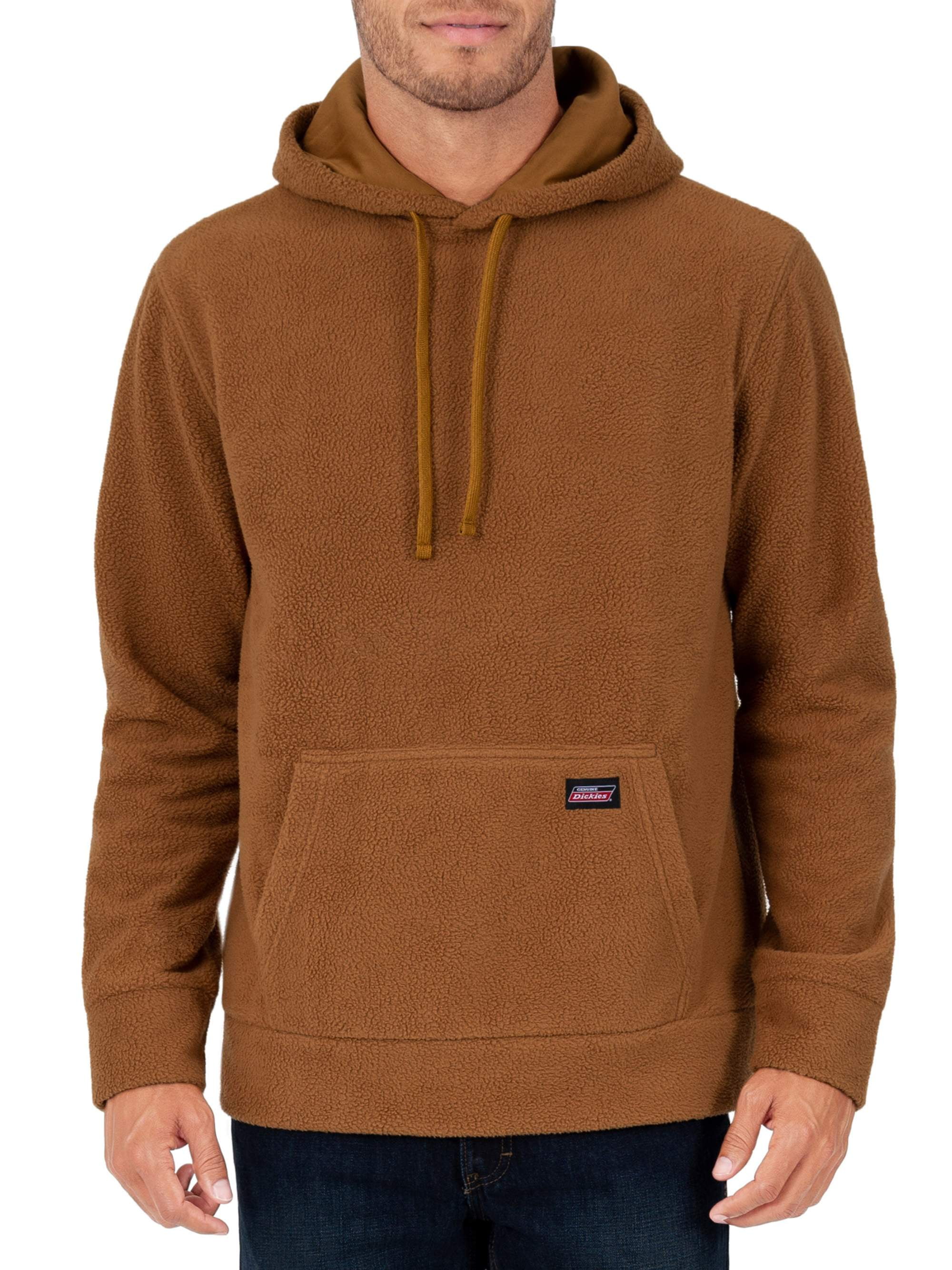What to anticipate When Buying some sort of Sweatshirt

Sweatshirts are long-sleeved, pullover shirts that are typically made of thick cotton cloth. They are typically worn casually but aren't as dressy as sweater s or cardigans. They may not have the or hood. If you're interested in purchasing a sweatshirt, here are a few tips:
The appeal of Norma Kamali was spread by the use of sweatshirts
Since the end of the 70s the Norma Kamali brand has been turning the humble sweatshirt into an art. Her designs are now an essential part of every woman's closet. Her unique designs include tummy-tucking t-shirts to a crew neckline to thick leather sweatshirt s. She also has created clothes in unusual forms, such as tanks with an extended trumpet skirt.
The collaboration with the brand and the sweatshirt maker Everlast resulted in her Timeless collection, which was hugely popular when it appeared in Spiegel's spring 2006 catalog. The collection featured interchangeable and convertible knits in classic silhouettes, and many items were priced below $20. Even even if Kamali's Timeless collection was not available in stores, customers were able to find the designs through eBay as well as Poshmark.
Merino wool sweatshirts are more comfortable than sweatshirts made of soft wool.
Merino wool is renowned for its ability to remove moisture which help to keep you dry and comfortable. It is a natural fiber and also has a smoother feel. The fabric also dries quickly when compared with other natural material. Furthermore, merino is a sustainable resource. The merino sheep shed their coats each year and grow new ones.
The warmth-to-weight ratio of merino wool makes it popular for sweatshirts. It helps to regulate the temperature of your body due to its natural loft, which traps heat between the fibers. This is why Merino wool sweatshirts work perfect for outdoor and summer activities like hiking, mountain biking, and running. The warmth it offers ensures that the wearer stays well-hydrated and cool, something that is important for working out.
Zip-front hoodies feature kangaroo pockets.
Kangaroo pocket hoodies are a popular style of hoodies. They feature a big pocket on the front, which helps keep your hands warm during cold days. They're additionally more practical than conventional pockets as they allow your hands to slide in and out easily.
The pockets of Kangaroos are usually big enough to fit the wallet, or other small personal items. They're usually big enough to hold one hand in a smaller size and are wide enough to fit two hands. They feature wide openings on both sides and can be used to carry small items.
French terry fabric is a well-loved fabric for sweatshirts.
The French Terry fabric is composed of soft yarns knitted into loops and is usually mid-weight. It is also famous for its ability to wick moisture and is pre-shrunk. French Terry is a fantastic option for sweatshirts since it will keep you warm when you need it and also keeps you cool when you're trying to cool down.
French Terry is also a popular choice for loungewear, since it is stretchy enough and has enough flexibility to feel comfortable when you touch your body. It also allows air to circulate throughout the fabric, making it ideal for layering under other clothing. In addition, because it's lighter than most sweatshirts you can wear it throughout the year without feeling warm or cold.
Hoodies have classist connotations
Although it could appear that hoodies are just an appropriate clothing item for those who are working class however, in reality they are a symbol of class. Hoodies were first popularized in the early 1970s in New York, where graffiti artists wore them to hide their identities. In 1976 the hoodies were made famous in their film debut in "Rocky," when the working-class title character wore grey sweats that were hooded during his famous climb up the Philadelphia Museum of Art.
Hoodies are frequently linked to death, destruction and other negative things, but they serve a practical purpose. For instance, priests and monks might wear hoods in order to display modesty and inward focus.

